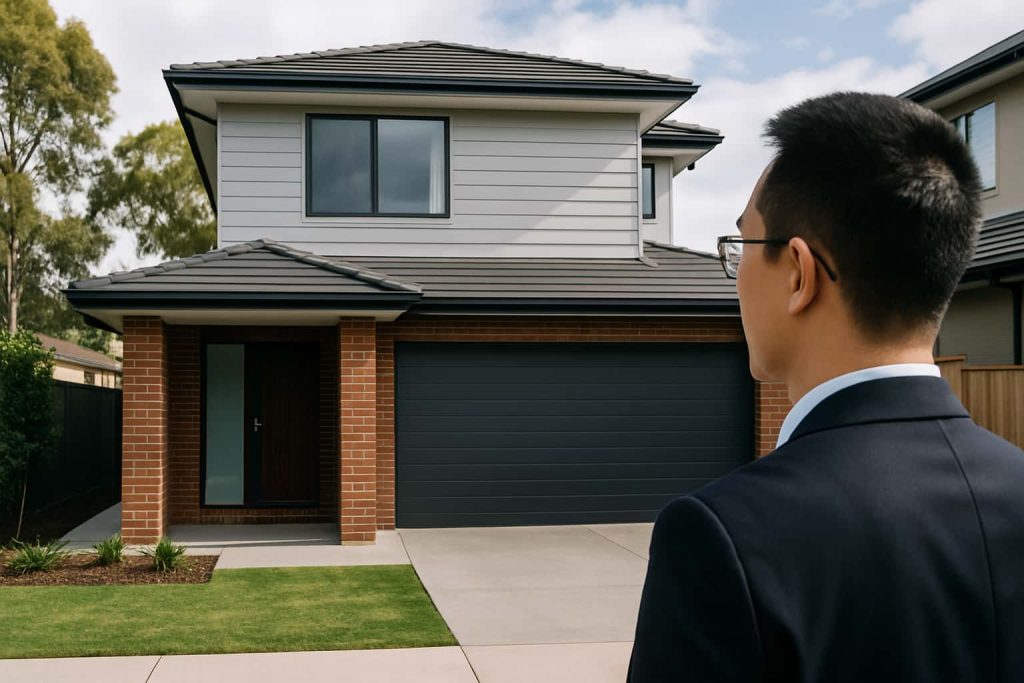The likelihood of an interest rate cut at the next Reserve Bank of Australia (RBA) meeting increased significantly this week, with underlying inflation falling to 2.7% for the June quarter.
That puts inflation well within the RBA’s target band of 2–3%, where it has now remained for two consecutive quarters—its lowest level since December 2021.
Inflation Data Points to a Cooling Economy
Where Prices Rose and Fell
Price rises in the economy were most noticeable in:
- Housing
- Food and non-alcoholic beverages
- Health
Meanwhile, services inflation fell to its lowest point in three years.
“The CPI rose 0.7 per cent in the June quarter, lower than the 0.9 per cent rise in the March 2025 quarter,”
— Michelle Marquardt, Head of Prices at the Australian Bureau of Statistics
“Annual inflation to the June 2025 quarter of 2.1 per cent was down from 2.4 per cent to the March quarter. This is the lowest annual inflation rate since the March 2021 quarter.”
A Clearer Case for More Rate Cuts
These figures have renewed optimism among property buyers and investors, many of whom now believe the RBA is increasingly likely to cut rates at their next meeting—after surprising markets by holding steady last time.
“The RBA Monetary Policy Board (MPB) in July opted to wait for more confirmation that inflation is on track… That confirmation has now come,”
— Luci Ellis, Westpac Chief Economist (via The Adviser)
Westpac Forecast: More Cuts on the Way
Westpac expects:
- A 25bps rate cut in August, bringing the cash rate to 3.6%
- Further cuts in November, February 2026, and May 2026
“Today’s data removes any awkwardness posed by inflation remaining too high for the RBA’s comfort,” said Ellis.
Melbourne Market Reawakens with Investor Interest
The improving inflation outlook coincides with a renewed pick-up in Melbourne’s housing market.
Faster Sales and Higher Prices
According to PropTrack, the average days on market has dropped from 37 to 36 over the past year—an early indicator that demand is rising.
“We’re not in a boom, but we’re in a correction… the market is beginning to heat up again.”
— Madeleine Roberts, Director at M R Advocacy (via realestate.com)
Suburbs Showing Strong Growth
Melbourne’s property resurgence is being felt particularly in suburbs with large homes near upcoming infrastructure projects, including:
- Aberfeldie
- Fairfield
- Heidelberg
- Box Hill
- Carlton North
- Brunswick East
- Canterbury
These suburbs recorded double-digit house price growth in the 12 months to June.
“It’s the sharpest lift in 3½ years for house prices and the sharpest in two years for unit prices.”
— Nicola Powell, Domain Chief of Research (via The Age)
Overall Melbourne Growth
Melbourne’s quarterly house price growth rate hit 2.3%, signalling the city is finally emerging from its long-running slump.
“What we’ve got is a turnaround in market conditions across Melbourne,” said Powell.



